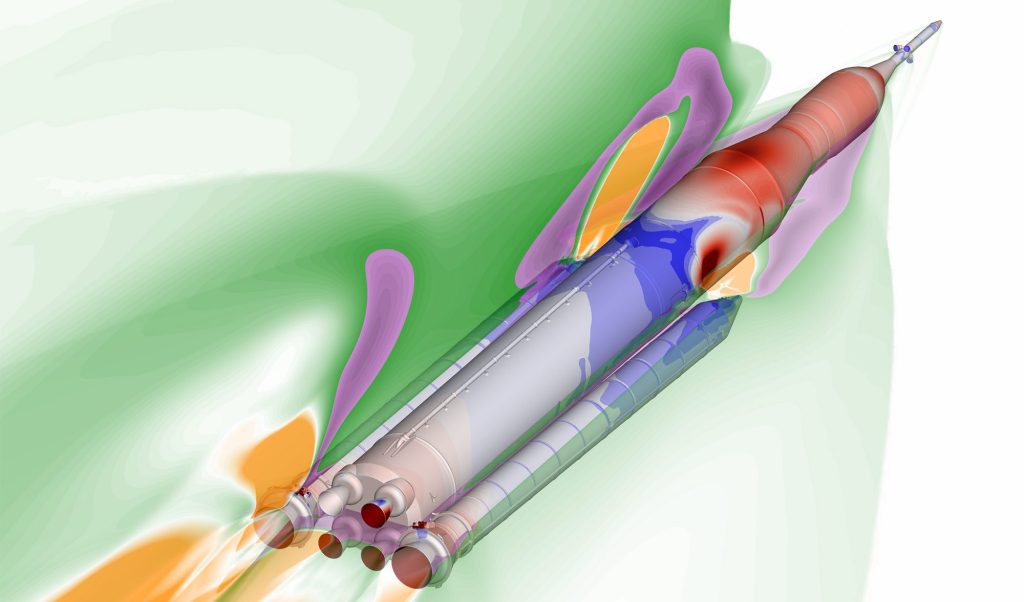Ten Years at Mars with NASA’s MAVEN Mission
| Credit | NASA's Goddard Space Flight Center |
|---|---|
| Language |
|
On September 21, 2014, NASA’s MAVEN (Mars Atmospheric and Volatile Evolution) spacecraft entered orbit around Mars, beginning its ongoing exploration of the Red Planet’s upper atmosphere. The mission has produced a wealth of data about how Mars’s atmosphere responds to the Sun and solar wind, and how these interactions can explain the loss of the Martian atmosphere to space. Now, as MAVEN continues its mission, we can look back on the remarkable discoveries of its first decade at Mars.
Ten Years at Mars with NASA’s MAVEN Mission – TRANSCRIPT
[Music]
NARRATION
Today, Mars is a cold, dry world with a tenuous atmosphere only 1% as thick as Earth's.
But in the ancient past, water flowed freely across the Martian surface, maintained by a thick, early atmosphere.
Since it first arrived at the Red Planet in September 2014, NASA's MAVEN spacecraft has been studying how that atmosphere was lost to space -
and with it, the water.
Now, as MAVEN continues its mission, we can look back on its many remarkable discoveries during its first ten years at Mars.
[Music]
In 2015, MAVEN observed the solar wind eroding the Martian atmosphere. The solar wind is a stream of electrically charged particles blowing from the sun.
MAVEN watched as ions from the Mars upper atmosphere were accelerated by the solar wind’s, magnetic field and driven into space,
confirming that this process has deeply eroded the Martian atmosphere.
In 2017, MAVEN showed that a process called “sputtering” has had an even greater effect on the atmosphere.
When ions from Mars get picked up by the solar wind’s magnetic field,
they can crash into neutral atoms at the top of the atmosphere, sputtering them into space.
MAVEN measured present-day isotopes of argon, which can be removed only by sputtering, to determine that 65% of the noble gas has been lost over time.
This allowed scientists to estimate the escape of other gases and determine that sputtering has been the primary mechanism driving the atmosphere into space.
Later in 2017, MAVEN revealed a twist in Mars's invisible magnetic tail.
When the sun's magnetic fields reach Mars, they pile up and wrap around the planet, creating an induced magnetic field that is drawn out behind Mars like a comet's tail.
The Martian crust also contains small pockets of its own early magnetic field, which rotate along with the planet.
MAVEN discovered that when these two fields interact, they put a twist in the magnetotail, confirming model predictions.
In 2018, a runaway series of dust storms created a dust cloud so large that it enveloped the planet.
During this global dust storm, MAVEN observed an abrupt, unexpected spike in the amount of water in the upper atmosphere.
It discovered that heating from dust storms can loft water molecules far higher into the atmosphere than usual, leading to a sudden surge in water lost to space.
Later in 2018, MAVEN announced the discovery of a new type of aurora at Mars.
The mission had previously observed auroras during solar storms after electrons from the sun struck the upper atmosphere, causing it to glow with ultraviolet light.
MAVEN's 2018 discovery was the first observation of a Mars proton aurora.
When protons from the solar wind pick up electrons from the Martian ionosphere, they can slip through the planet's bow shock and plunge into its upper atmosphere,
causing widespread auroras.
On Earth, proton auroras are isolated near the poles, but on Mars they can bathe the dayside in ultraviolet radiation.
In 2019, MAVEN produced the first map of wind currents in the Martian thermosphere, revealing disturbances in high-altitude winds caused by terrain features on the surface.
MAVEN sensed these disturbances as it skimmed through the upper atmosphere, feeling the imprint of mountains and valleys far below.
In 2020, data from MAVEN led to the creation of another new map showing the Martian atmosphere's electric current systems for the first time.
MAVEN detected these currents indirectly, by observing the solar wind’s magnetic field lines drape around the planet.
Mapping the electric current systems can help scientists to better understand the forces that drive atmospheric escape.
In 2022, MAVEN watched as the solar wind unexpectedly disappeared from Mars.
The event occurred when a fast-moving patch of the solar wind overtook a slower-moving region, leaving a void in its wake.
In response, the Martian magnetosphere ballooned outward by thousands of kilometers, engulfing MAVEN's orbit and causing the solar wind to temporarily disappear from view.
In 2022 and 2023, MAVEN captured stunning ultraviolet images of Mars when the planet was near opposite ends of its elliptical orbit.
The first image was taken when the southern hemisphere was in summer, which coincides with Mars's closest approach to the sun.
Canyons and basins are covered with a thin haze of ozone, indicated by a tinge of pink.
The second image was taken during northern spring, after Mars had passed its furthest point from the sun.
White clouds hint at rapidly changing conditions in the northern polar regions, while deep magenta signals a buildup of ozone during the frigid winter.
In 2024, MAVEN observed the aftermath of an X-class solar flare, the strongest type of eruption from the sun.
The flare was quickly followed by a burst of charged particles crashing into Mars, leaving black and white streaks on images taken by NASA's Curiosity rover.
MAVEN watched from above as auroras lit up the planet in a brilliant display of celestial fireworks.
[Music]
In its first decade at Mars, MAVEN has vastly expanded our understanding of the Red Planet and its climate history.
Today, it continues to be a critical member of NASA's fleet of robotic explorers, observing the interaction between the solar wind and the Martian atmosphere -
and providing a window into the ongoing evolution of Mars.
[Music fades]

























